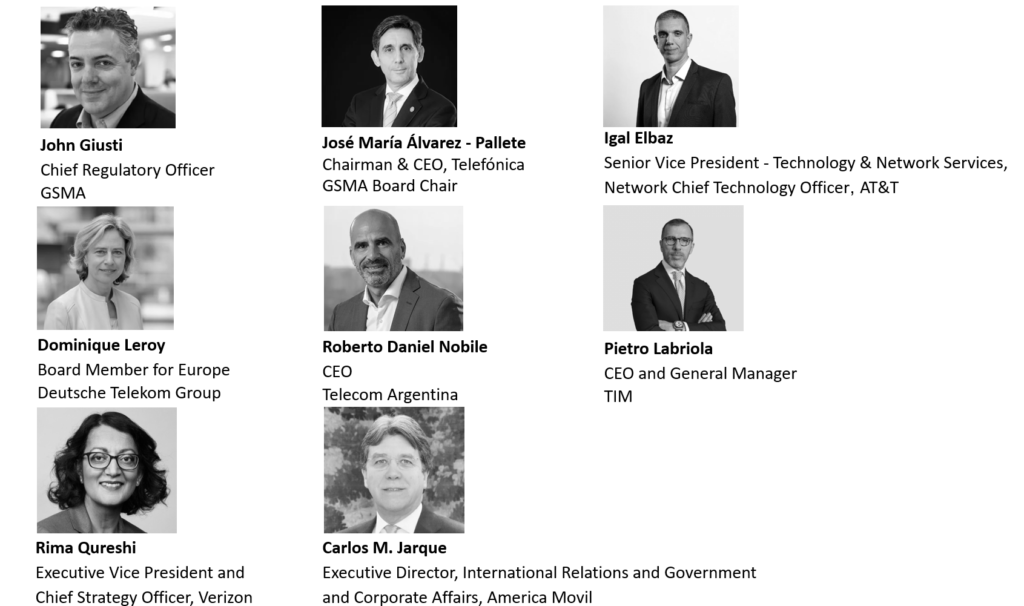For those of us with operations in the Americas, WRC-23 can help deliver meaningful, fast consumer and business connectivity for the rest of this decade. Through delivering spectrum for mobile expansion, it can also help us build a platform for economic growth.
Mobile is used by over 5 billion people worldwide every day. It creates business opportunities, connects us with loved ones, provides healthcare and education, and allows us to enjoy many of the things that add meaning to our lives. The GSMA is made up of more than 1000 mobile operators and other businesses in the mobile ecosystem from every corner of the globe. Together, we share a vision that mobile services can be delivered to all people and industries, leaving no-one behind in the digital age.
The World Radiocommunication Conference this year (WRC-23), held under the auspices of the International Telecommunication Union (ITU), is an opportunity to support that vision and make sure that we build crucial development pillars to increase digital equality, widen harmonization and provide a clear roadmap to address future spectrum capacity needs. In the case of mobile, the WRC plays an important role in harmonizing spectrum using, in ITU terminology, an International Mobile Telecommunications (IMT) identification. This international agreement creates vast economies of scale and device diversity.
The future of mid-band spectrum is on the agenda at WRC-23. The 3.5 GHz band is the most widely used 5G band and supports the largest equipment ecosystem. There is an opportunity to expand the harmonisation of 3.3-3.8 GHz at WRC-23, which can help deliver affordable and sustainable 5G services to more people and lower the usage gap. 2 GHz of mid-band spectrum is needed, on average, in each market by the end of the decade.
The Americas can take part in the group of 5G leaders through harmonization of 3.5 GHz, at least up to 3.8 GHz. 65% of 5G launches have used this spectrum, making it the most important 5G band today. Administrations in CITEL countries may add to this capacity with spectrum in the 4.8-4.99 GHz band at WRC-23, which can help widen 5G capacity, especially where use of the wider 3.5 GHz band at 3.8-4.2 GHz is not anticipated. Harmonized spectrum will lead to lower device costs for both the end user and networks.
WRC-23 is a pathway to better quality services, delivered to more people by the most affordable networks. Mobile operators need the new spectrum capacity that will be considered at WRC-23 to provide consistent speeds to more people as 5G services take off. The right amount of capacity allows us to minimise the number of base stations in the network, which does not just keep costs down but also saves carbon emissions.
By supporting 6 GHz for IMT, CITEL countries can ensure they can deliver fast mobile services beyond the end of this decade without excess network densification and excess carbon emissions. This band is under development for mobile / IMT and, as it comes online after WRC-23, will provide crucial expansion opportunities for consumers and businesses. Connecting countries in the Americas to fiber-like speeds through FWA can become a reality if this is powered by 6 GHz IMT. 6 GHz is the largest remaining single block of mid-band spectrum that can be assigned to IMT in the foreseeable future. If used for 5G, it can play a vital role in sustainable social, economic and industrial development.
Access to more low-band spectrum (470-694 MHz) is on the WRC agenda for EMEA countries. The impact is indirect in CITEL, but countries in the Americas can support this opportunity to increase harmonization. Global progress on low-band spectrum adds to the development of 600 MHz in North America and helps drive further harmonization and scale which in turn, help more of the world to receive affordable and sustainable 5G services.
WRC can help mobile deliver connectivity to more people. It can allow us to transform industries and deliver services that are an asset to our countries, ensuring our industrial agility in the global marketplace. We can use WRC to deliver affordable 5G across the continent and help ensure no-one is left behind in a digital age. In doing so, we will ensure that WRC-23 makes decisions for the benefit of billions.
To achieve this vision, we urge the countries of the region to consider the following actions at WRC-23:
- Identifying the bands 3.3-3.4 GHz and 3.6-3.8 GHz for IMT.
- Identifying the band 7.025-7.125 GHz for IMT and reviewing mechanisms to identify the wider band 6.425-7.025 GHz for IMT in ITU Region 2.
- Supporting IMT in the band 4.8-4.99 GHz.
Signatories



